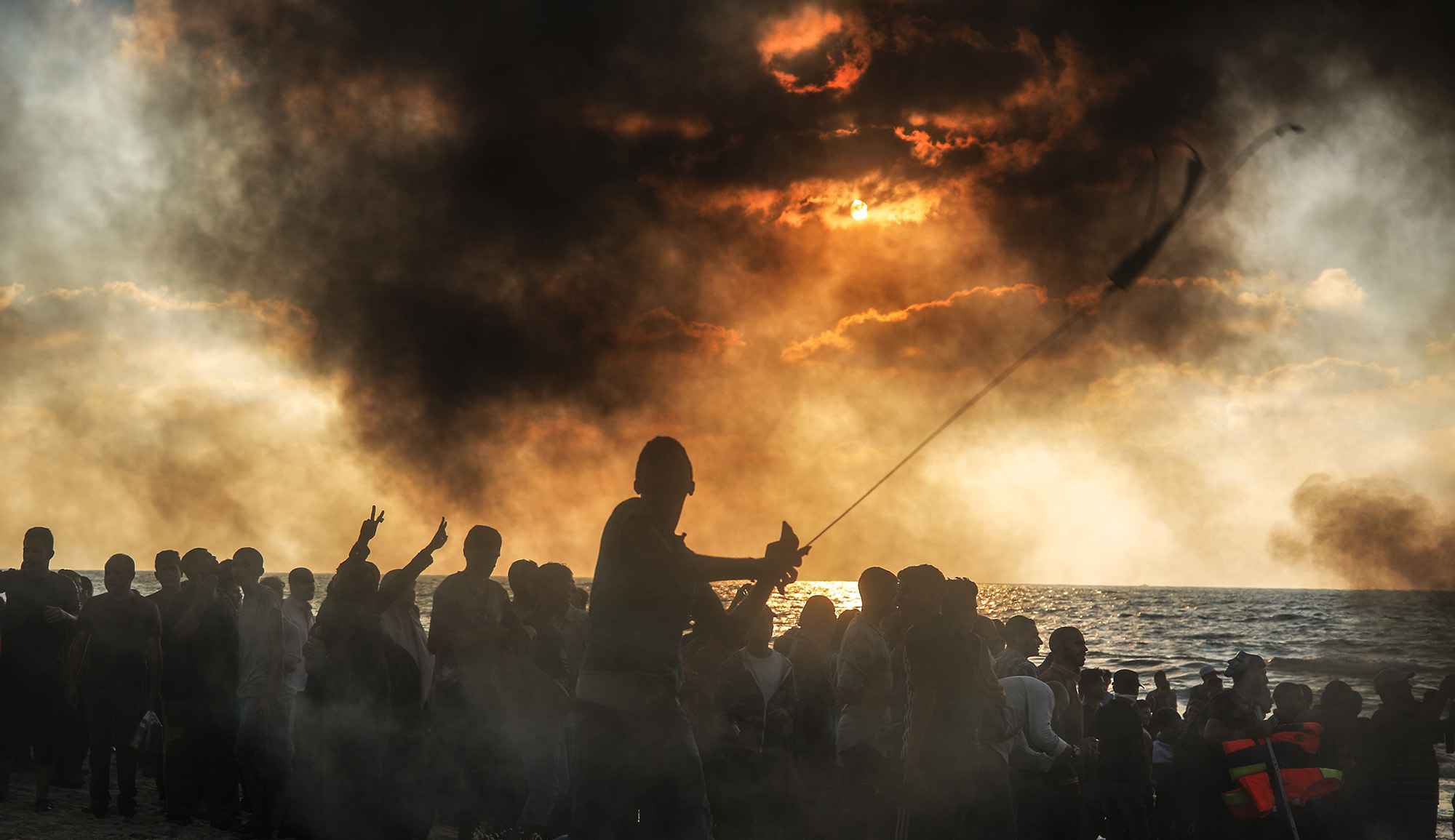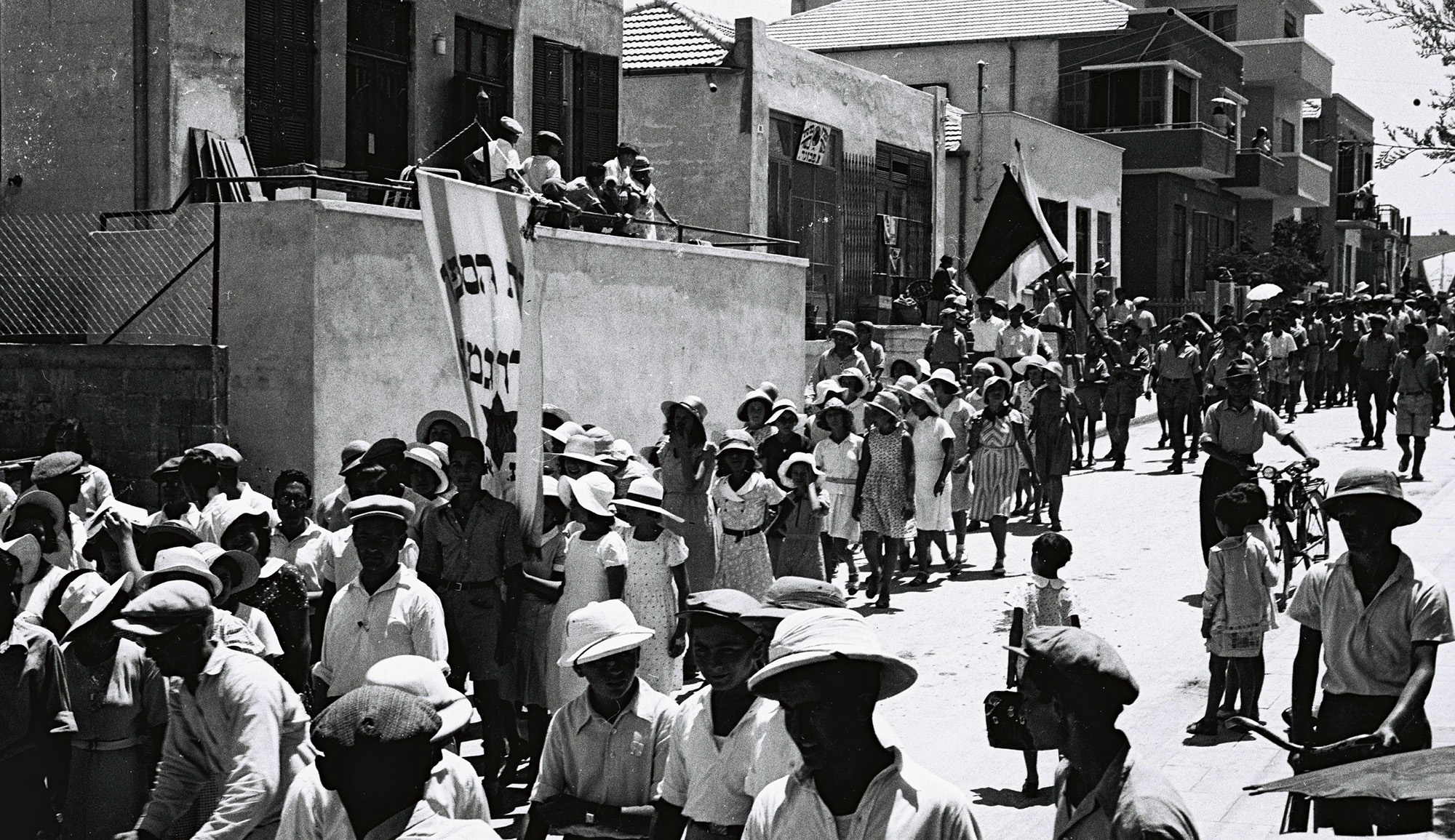In the period between the two world wars, a number of Jewish avant-garde artists—most notably Marc Chagall—designed sets for the still-thriving Yiddish theater in Europe. Alyssa Quint describes the work of some of the most prominent. (For pictures, follow the link below.)
Before creating sets for the Yiddish theater, Zygmunt Balk (1873-1941) worked at the Lwów (now Lviv) Opera House, created set designs for productions of Richard Wagner (among others), and ranked among Poland’s most important 20th-century painters. [The artist] Yosef Shlivniak (born in 1899) collaborated with the actor Zygmunt Turkow on his Yiddish-language staging of Stefan Zweig’s adaptation of Ben Jonson’s Volpone. [Another], Dina Matus, a member of the artistic-literary group Young Yiddish, conceived the Jewish folk motifs and ambience of the pioneering avant-garde director Michał Weichert’s play Trupe Tanentsap (“The Tanentsap Troupe”). . . .
Born in 1891 in Lyuvitsh (Łowicz), Poland, to ḥasidic parents, Władysław Zew (a/k/a Chaim Volf) Wajntraub was drawn to sketching and painting from a young age. Polish artists and art critics recognized Wajntraub’s raw talent, and Poland’s Society for the Encouragement of Fine Arts supported his studies in France. In Paris, he met the Russian artist and set designer Leon Bakst (1866-1924) whose influence is responsible for Wajntraub’s decisive commitment to the decorative arts and theater design.
In his book, The Murdered Jewish Artists of Poland, Joseph Sandel writes of Wajntraub:“He was a fantasist, an expressionist with mystic overtones.” Wajntraub worked closely with the modernist poet Moyshe Broderzon (1890-1956) and designed the set for his legendary opera Dovid un Basheva and I.L. Peretz’s Baynakht oyfn altn mark (“Nighttime in the Old Marketplace”). Wajntraub also worked with Weichert who directed a production of Shabse Tsvi (“Sabbatai Tsvi”) in Riga, where newspapers gave equal column space to both director and set designer.
Except for Matus, every one of these artists died during World War II.
More about: Arts & Culture, I.L. Peretz, Jewish art, Polish Jewry, Yiddish theater


